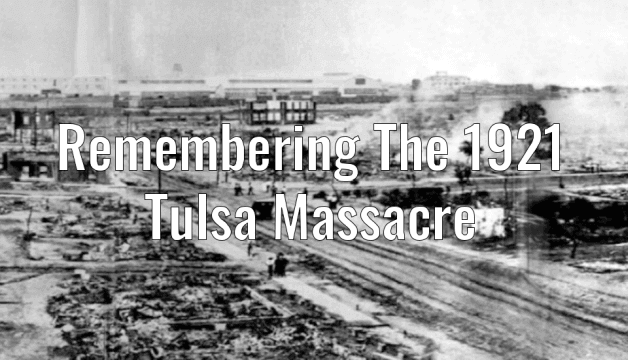Last Updated on: 2nd June 2021, 09:18 am
This weekend marks the 100th anniversary of the Tulsa Massacre when angry white mobs violently destroyed the black community known as Black Wall Street.
The mob burned thousands of homes and businesses and killed about 300 black Americans. The Tulsa community is now gathering to honor and heal the victims, but there is tension over how to deal with the memorial and reparations.
“We still have a lot of shortages in North Tulsa, so I hope that when you visit, they won’t stop at the corner of Greenwood and Archer and move further north,” said Tracy Gibbs, the granddaughter, In-laws of a survivor of the Tulsa Massacre.
Also Read: 5 Ways on How to Celebrate Memorial Day 2021 in the United States
An event involving politician Stacey Abrams and musician John Legend was canceled after a group of Tulsa survivors applied for a $50 million repair fund. That’s an initial increase of $2 million.
“We raised the money and were thrilled that the survivors would accept these gifts. Unfortunately, last Sunday [last] they reached and increased the amount,” said Kevin Matthews, Senator for Democratic State.
On the occasion of the 100th birthday, a few more events are planned, including a march on the way that people could use to escape the attacks.
In addition, the last three known living survivors will ride through the devastated area in a horse-drawn carriage and President Joe Biden will visit the city.
Tulsa is also opening a $30 million museum on Black Wall Street.
A few meters from the café, in the Greenwood Art Gallery, 31-year-old manager Queen Alexander arranges the paintings on display that celebrate African American culture.
Also Read: President Biden honours the victims of 1921 forgotten Tulsa race massacre in emotional speech
It also pays the rent and it will increase by 30%. The opening of a major museum dedicated to the neighborhood’s history, the Greenwood Rising History Center, which will officially open on Wednesday, has seen rents from surrounding businesses rise.
One of her acquaintances, who ran a beauty salon in Greenwood for more than 40 years, was evicted. “I couldn’t pay the rent,” said Alexander. Alexander observes the gentrification work in front of his gallery windows.
“Now you see white people walking their dogs and biking in areas you would never have seen them before,” he said, noting the opening of a baseball field, Starbucks, and university that likely aren’t could. I can not pay.
For them, Greenwood without its African-American owners and historic buildings is no longer really Black Wall Street, but “the Greenwood district with some black business leases”. And “if they drive us all away tomorrow, that will be white Wall Street.”



